Shocked Quartz: A Mineralogical Indicator Of Asteroid Strikes
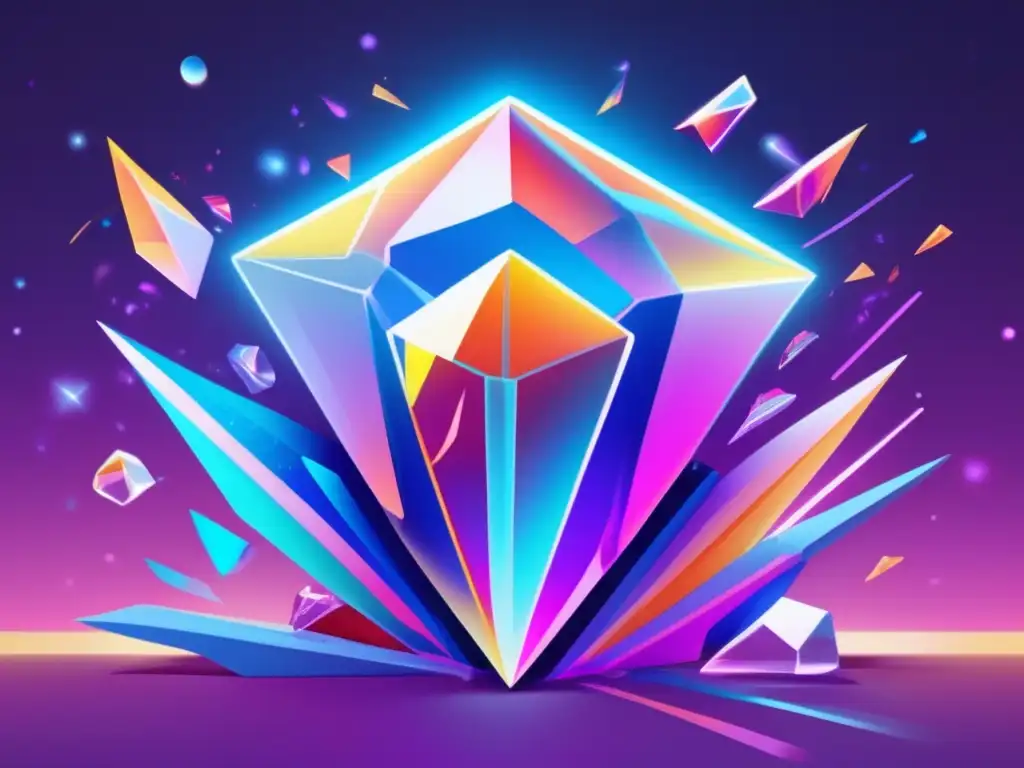
Introduction
Asteroid impacts are one of the most significant events in the history of our solar system. They have shaped the morphology of many celestial bodies and caused mass extinctions on Earth. The study of asteroid impacts and their effects has been possible thanks to various indicators, including the presence of shocked quartz. In this article, we will delve deep into the significance of shocked quartz as a mineralogical indicator of asteroid strikes.
What is Shocked Quartz?
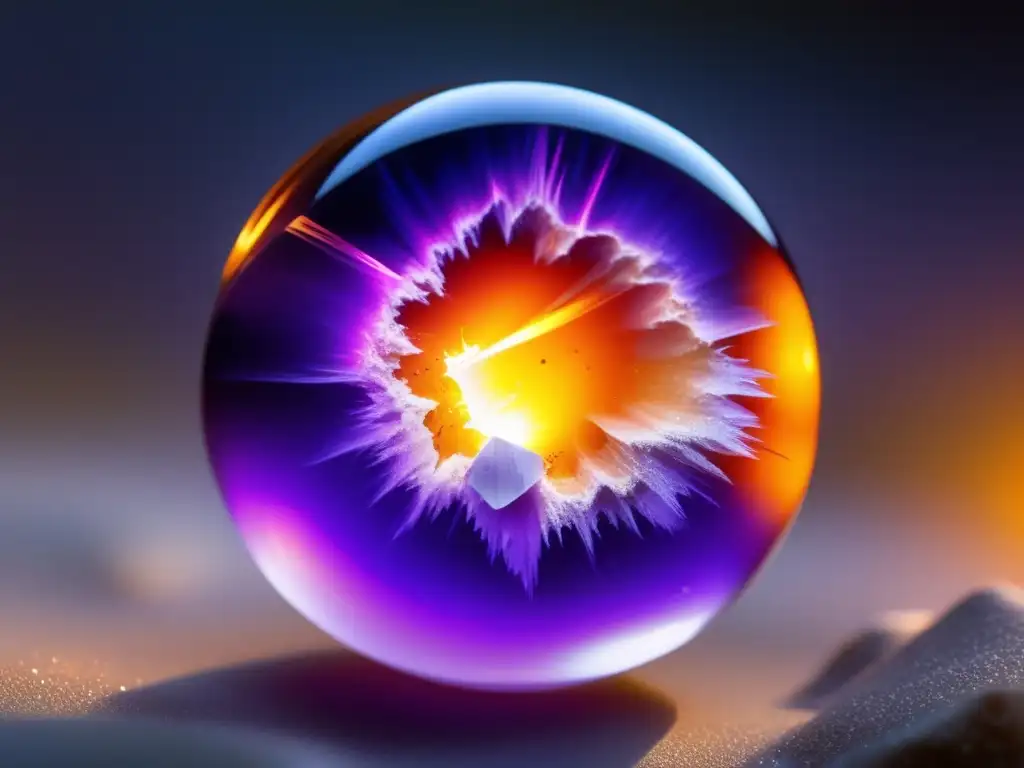
The Formation of Shocked Quartz
Quartz is one of the most abundant minerals on Earth and is also present in many asteroids in our solar system. When an asteroid collides with Earth, the intense pressure and shockwaves generated cause the quartz crystals to deform and create a unique structure known as "shocked quartz."
Identification of Shocked Quartz
Shocked quartz is identified by its telltale sign of multiple sets of parallel linear features called planar deformation features (PDFs), which occur within the quartz crystal structure. PDFs are caused by the tremendous pressure experienced during an impact event, which causes quartz to undergo irreversible shock metamorphism, resulting in the formation of these unique features.
Uses of Shocked Quartz
Shocked quartz is a valuable tool for geologists and planetary scientists as it provides evidence of past impact events on Earth and other celestial bodies. It is often used to date impact structures and to determine the energy released during asteroid impacts.
Shocked Quartz and the Chicxulub Impact
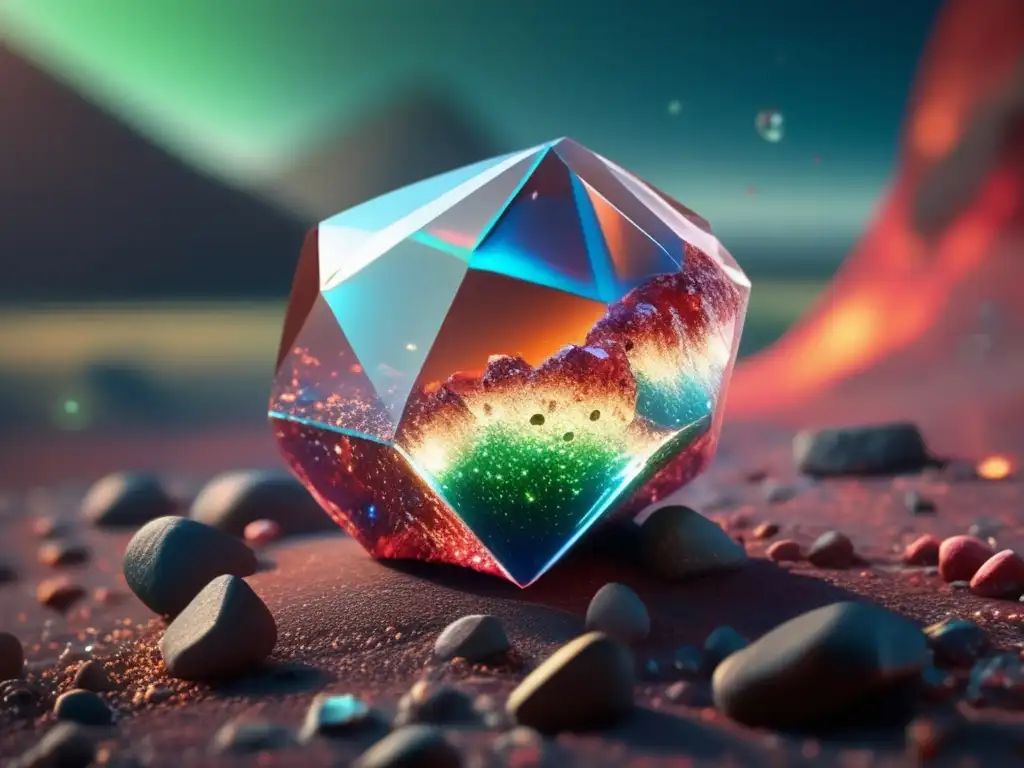
The Chicxulub Impact
The Chicxulub impact is one of the most famous asteroid strikes in Earth's history and is believed to be responsible for the extinction of the dinosaurs. The impact occurred approximately 66 million years ago and left behind a massive 200-kilometer-wide crater off the coast of Mexico's Yucatan Peninsula.
Shocked Quartz in the Chicxulub Crater
The Chicxulub impact created a unique geological feature known as the "K-T boundary," which separates the Cretaceous and Tertiary periods. Shocked quartz has been identified in sedimentary rocks from this boundary, confirming the occurrence of an impact event. Additionally, shocked quartz from the Chicxulub impact has been found worldwide, providing evidence of its global impact and the immense energy released during the event.
Impact of the Chicxulub Event on Earth
The Chicxulub impact caused catastrophic environmental and climatic changes, leading to the extinction of over 75% of all species, including all non-avian dinosaurs. The impact released an estimated energy of 100 teratons of TNT, equivalent to billions of atomic bombs exploding simultaneously.
Relation of Shocked Quartz with other Impact Indicators

Crater Morphology
Along with shocked quartz, the presence of characteristic circular or elliptical depressions on Earth's surface is another indicator of past asteroid impacts. These depressions are referred to as craters and can provide valuable information about the size and impact angle of the incoming asteroid.
Glass Spherules
Glass spherules are small teardrop-shaped pieces of molten rock that form during an impact event. They are often found in the vicinity of impact craters and can provide valuable information about the composition of the asteroid that caused the impact.
Iridium Anomaly
Iridium is a rare metal that is normally found in very small concentrations on Earth's surface. However, during an asteroid impact, large amounts of iridium are released into Earth's atmosphere, causing a spike in iridium concentration in sedimentary rocks.
Frequently Asked Questions
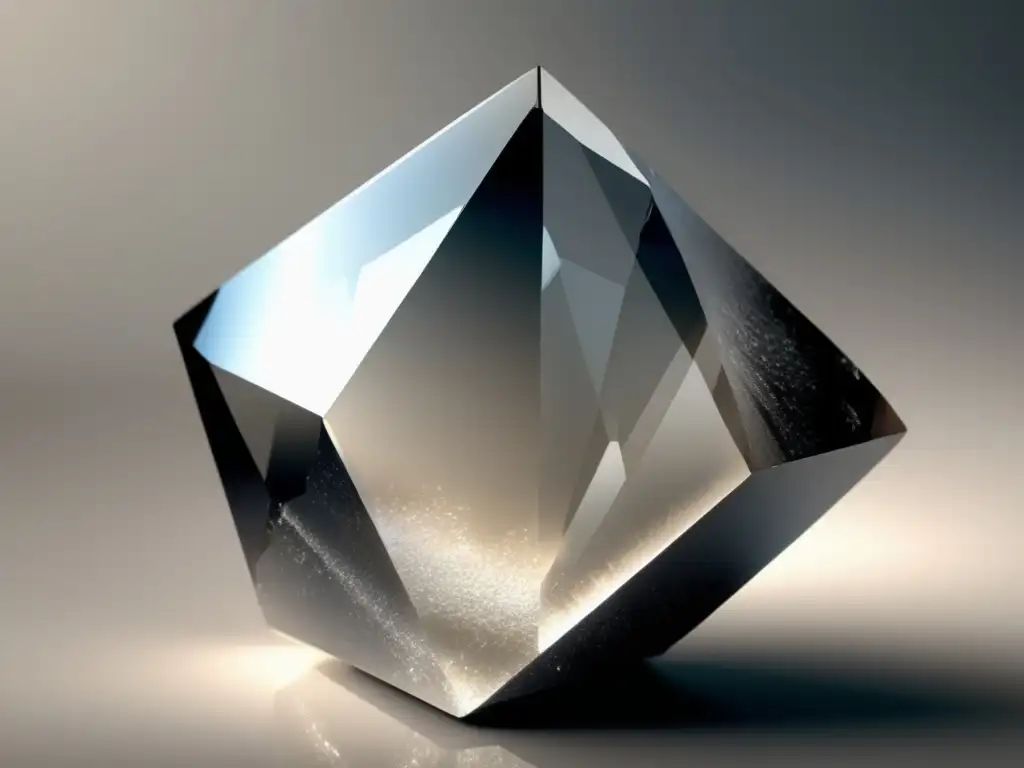
-
What is shocked quartz?
Shocked quartz is a mineralogical indicator of asteroid strikes caused by the deformation of quartz crystals due to the intense pressure and shockwaves generated during an impact event.
-
What is the significance of shocked quartz?
Shocked quartz is a valuable tool for geologists and planetary scientists as it provides evidence of past impact events on Earth and other celestial bodies.
-
What can we learn from studying shocked quartz?
Studying shocked quartz can help us determine the energy released during asteroid impacts, date impact structures, and understand the environmental and climatic changes caused by such events.
-
What is the Chicxulub impact?
The Chicxulub impact is one of the most famous asteroid strikes in Earth's history and is believed to be responsible for the extinction of the dinosaurs.
-
What are other impact indicators?
Other impact indicators include crater morphology, glass spherules, and iridium anomalies.
Conclusion
Shocked quartz is a critical mineralogical indicator of asteroid strikes that provides valuable information about past impact events on Earth and other celestial bodies. The significance of shocked quartz lies in its ability to confirm the occurrence of an impact event, date impact structures, and determine the energy released during an asteroid impact. Understanding the effects of asteroid impacts on our planet is crucial for studying the history of our solar system and predicting future impacts. We encourage you to share your thoughts on asteroid impacts and their significance in the comments section.
Additional Resources
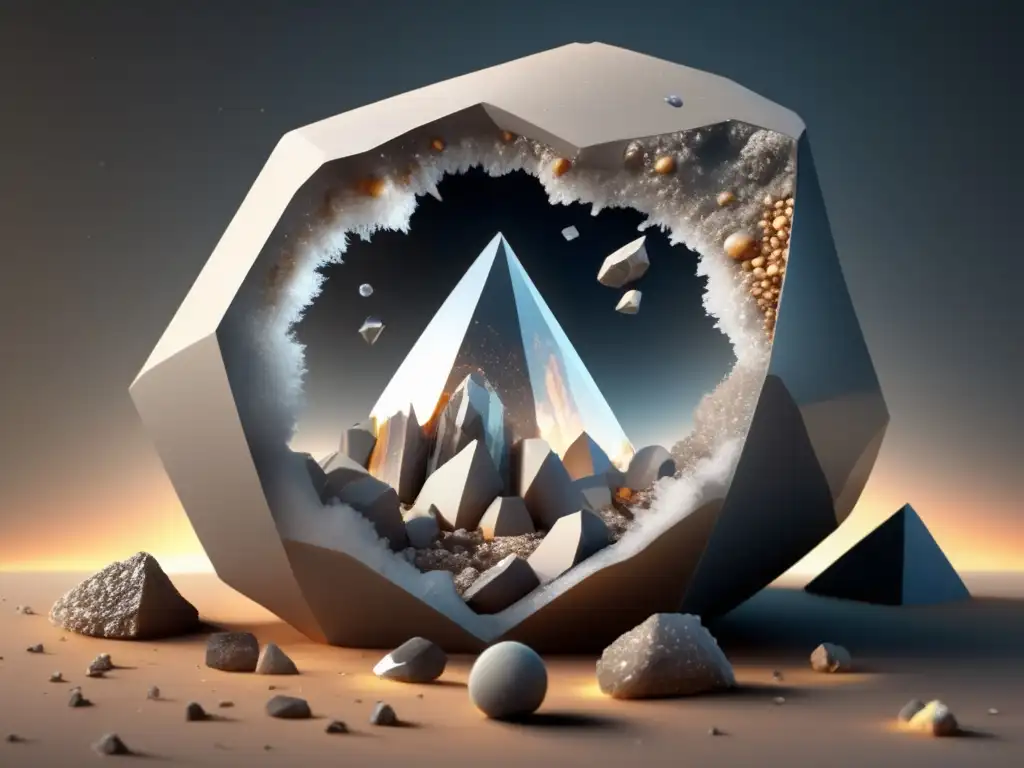
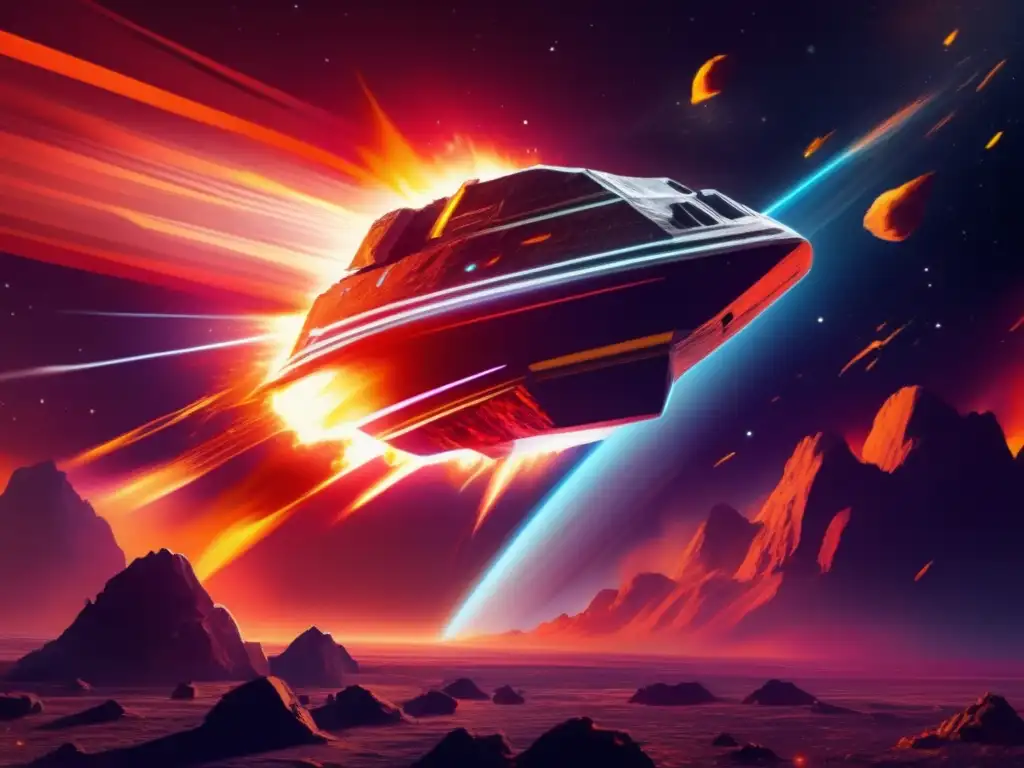 Asteroids And The Atmosphere: Understanding Entry And Impact
Asteroids And The Atmosphere: Understanding Entry And Impact Space Invaders: How Asteroids Have Shaped Our World
Space Invaders: How Asteroids Have Shaped Our World Nuclear Showdown: Comparing Asteroid Impacts To Atomic Explosions
Nuclear Showdown: Comparing Asteroid Impacts To Atomic ExplosionsIf you want to discover more articles similar to Shocked Quartz: A Mineralogical Indicator Of Asteroid Strikes, you can visit the Asteroid Impacts category.
Leave a Reply

Articulos relacionados: